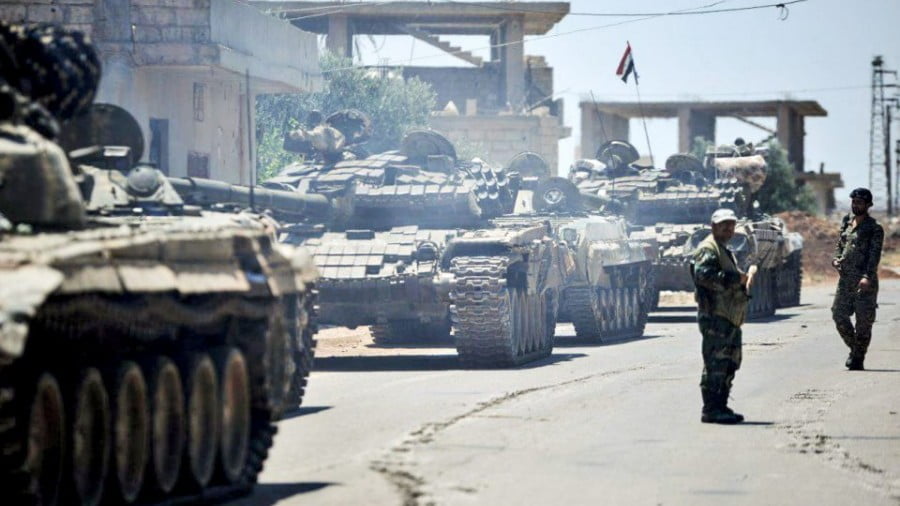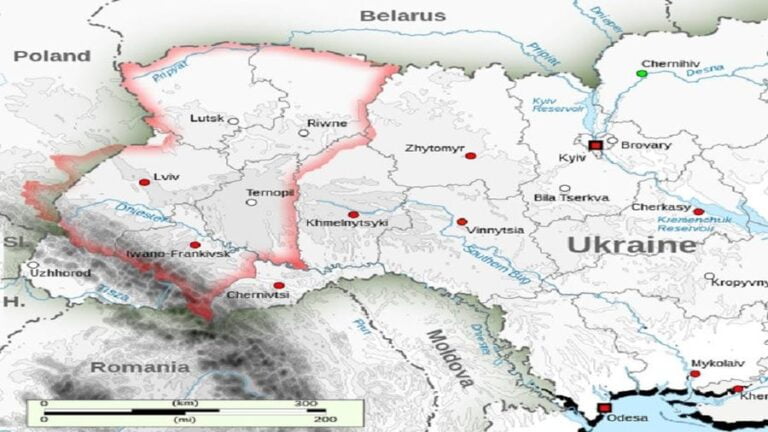Sanctions Against Russia Failed. I Saw It Firsthand
A little more than a year later, Biden’s words have come back to haunt him.
“As a result of these unprecedented sanctions,” Biden then crowed, “the ruble almost is immediately reduced to rubble. The Russian economy—that’s true, by the way, it takes about 200 rubles to equal $1.”
While I was in Russia, the exchange rate hovered between 79 and 81 rubles to the dollar. The Russian currency is stable, backed by a strong and vibrant economy. Moreover, unlike during the pre-sanction period, the ruble today is a convertible currency, used to pay for Russia’s international business transactions, especially in the field of energy, once the exclusive domain of the petrodollar. Far from being reduced to rubble, the ruble today serves as a foundational currency for global economic activity, part of a new “basket of currencies” that is responsive to the needs of a new multilateral reality that is rapidly supplanting the previous era of US economic hegemony.
“Thank you, Joe Biden!”
“The [Russian] economy is on track,” Biden then bragged, “to be cut in half in the coming years. It was ranked, Russia’s economy was ranked the 11th biggest economy in the world before this invasion. It will soon not even rank among the top 20 in the world.”
The Russian economy currently retains its rank as the 11th in the world, based upon standard gross domestic product (GDP) comparisons. However, when one converts Russia’s $1.78 trillion GDP using the “basket of goods” formulation of purchasing power parity (PPP) (i.e., what similar goods cost in the United States versus Russia), Russia’s actual economic strength converts to $4.80 trillion, making it the world’s sixth largest economy, surpassing all but China, the US, India, Japan, and Germany.
“Thank you, Joe Biden.”
“Taken together these economic sanctions,” Biden then pontificated, “a new kind of economic statecraft with the power to inflict damage that rivals military might. These international sanctions are sapping Russian strength, its ability to replenish its military, and its ability to project power. And it’s Putin, it is Vladimir Putin who is to blame. Period.”
In January and February 2023, Russia spent 2 trillion rubles ($26 billion) on defense, a 282% jump on the same period a year ago. Far from being unable to replenish its military strength and sustain the conflict in Ukraine, Russia is far outpacing NATO in terms of rushing military material to the frontlines by 4 to 1 in terms of tanks and armored fighting vehicles and 5 to 1 in artillery ammunition. When calculated with kill ratios that are overwhelmingly in favor of Russia, the fact is that Russia is sapping the strength of NATO and its Ukrainian proxy, while expanding its own. In addition to nearly tripling the size of its special military operation contingent, Russia is simultaneously building up the forces necessary to meet the expansion of its army from its pre-conflict size of 1 million, to a force of more than 1.5 million. Moreover, Russia’s increase in military production has not only softened the economic impact of the US-sponsored sanctions, but also helped reverse their impact across Russia’s industrial base.

Everything I saw while touring Russia underscored the incontrovertible fact that, because of Western sanctions, the Russian economy has been compelled to undertake changes which have not only made it more resilient, but also more productive and efficient. Foreign investments are surging in, proving that there is a world that exists beyond that controlled by the American economic hegemon.
Moreover, because sanctions have curtailed the previous practice of Russian business tycoons sending their wealth abroad, there is a huge amount of domestic economic capital available for reinvestment into the Russian economy. This truth was evident in every city I visited, where there were unprecedented levels of infrastructure improvements and new construction taking place.
I thought about this upon my return to the US, contrasting my journey from JFK airport through New York City with a similar journey I made from Moscow’s Sheremetyevo Airport into Moscow. My New York journey took me from a decaying airport, through decaying highways and bridges, into a decaying city. The Moscow equivalent was, by comparison, one of pristine facilities, roads, and a city that was not only composed of recently constructed buildings, but alive with new construction as well.
I still see the “I did this!” stickers on the gas pump, and I still mutter my words of thanks to the American President that I hold accountable for the high prices. And I laugh when I think of my Russian hosts making the same exclamation. The sarcasm is evident, whether uttered in the US or Russia, but for diametrically opposed reasons. Biden, a man who promised to revitalize the US economy, has done the opposite. And yet while he has pledged ruin in Russia, a revival has occurred.
“Thank you, Joe Biden!”







